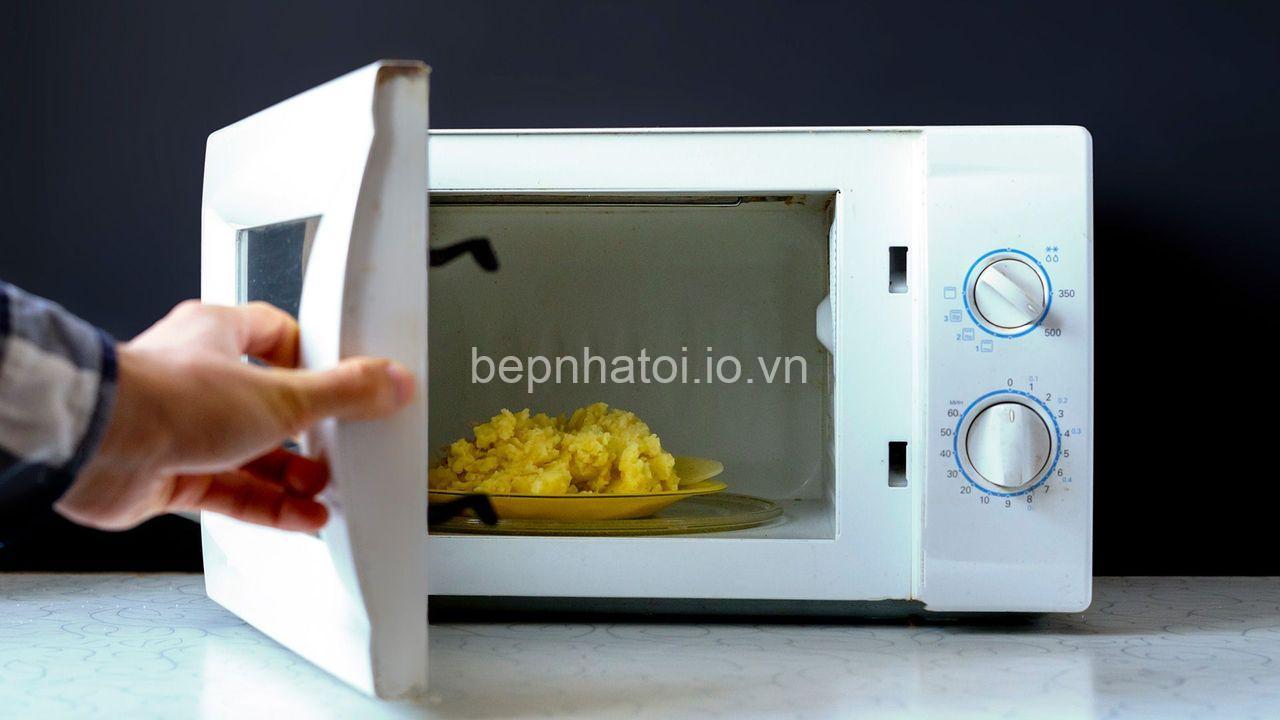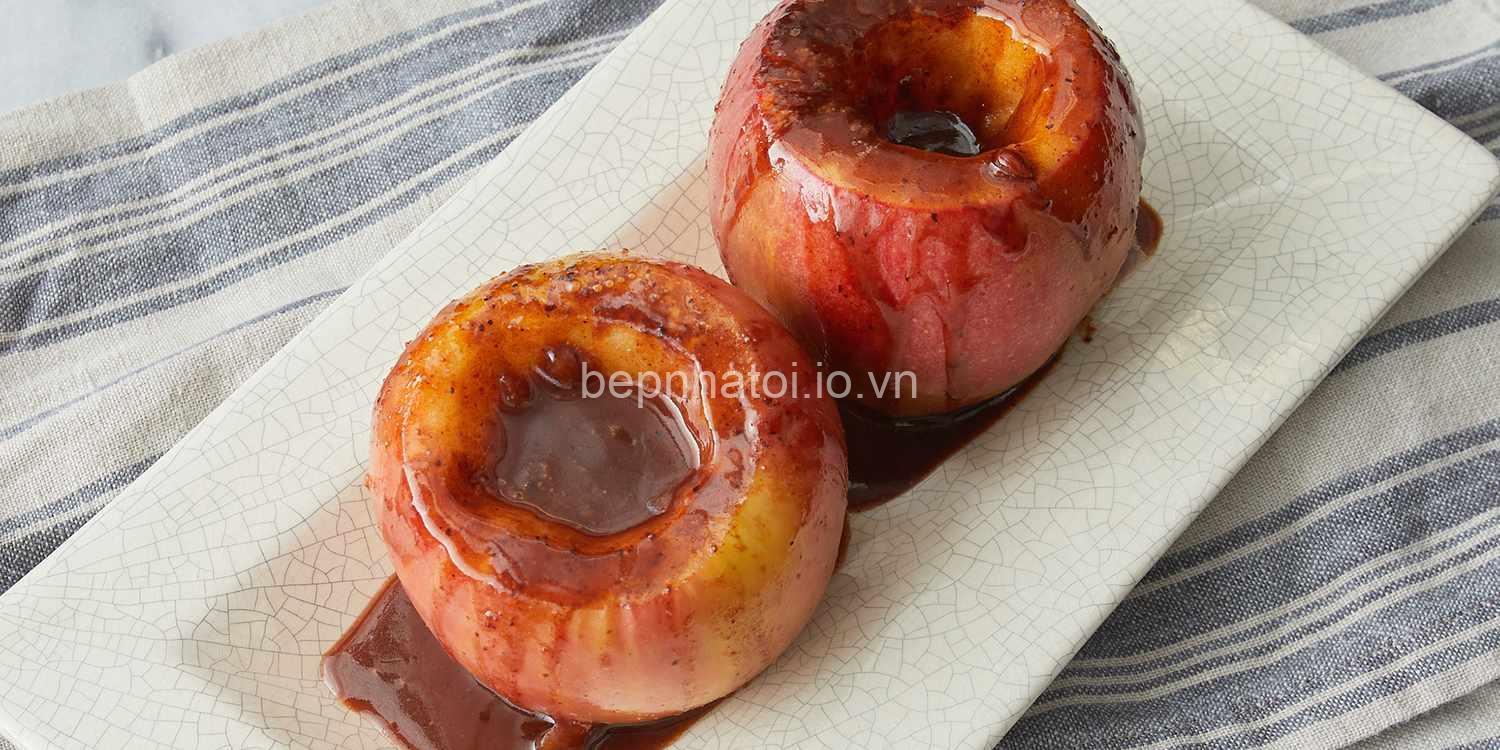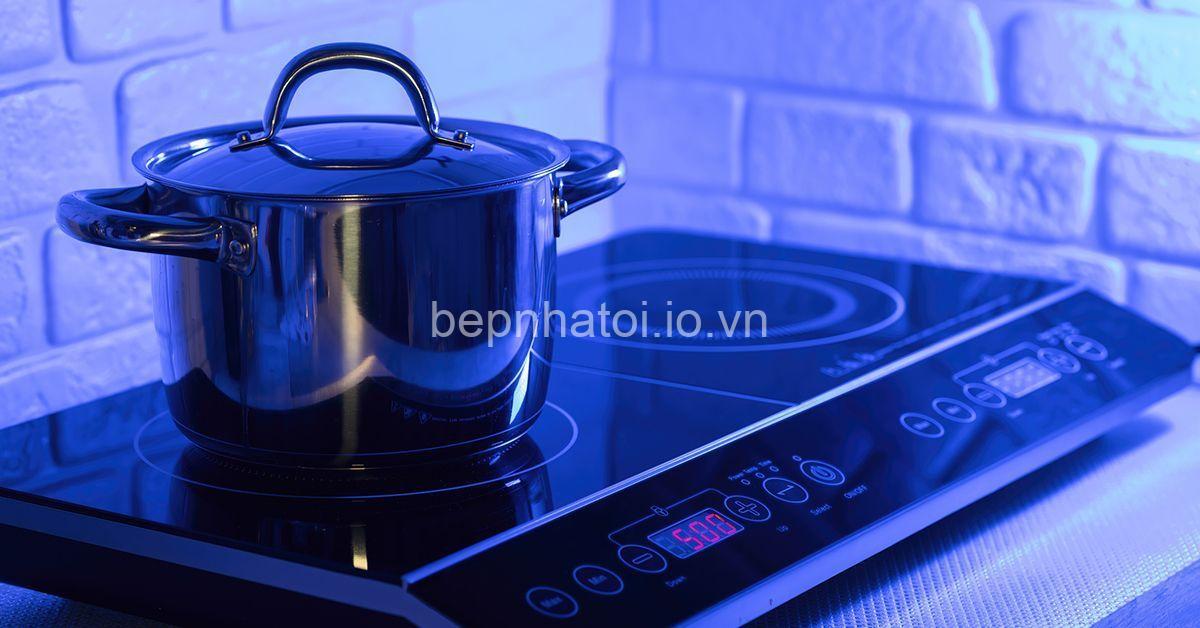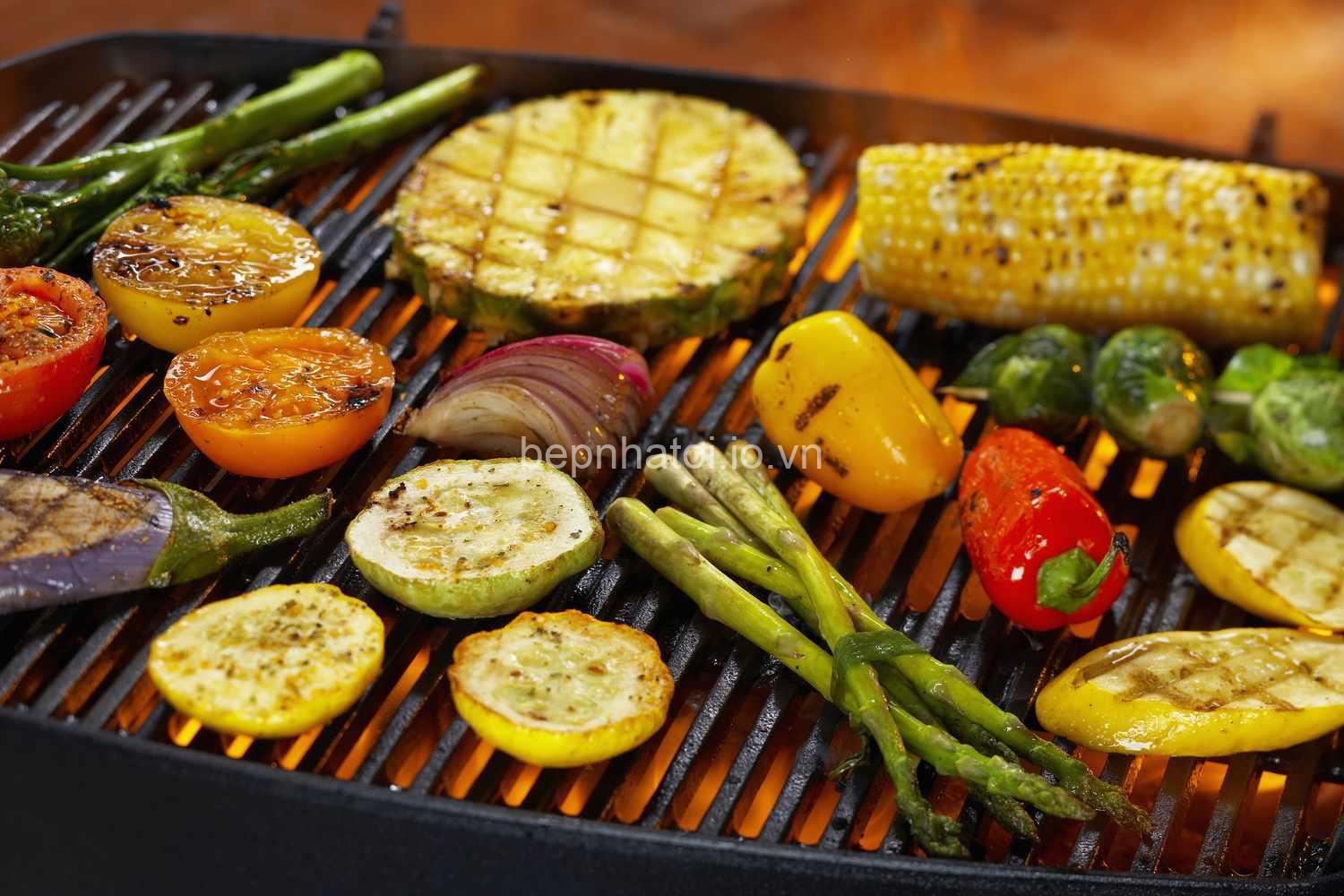
Microwave Food Safely: A Guide to Heating Times & Safety. In today’s article, bepnhatoi.io.vn will explore with you in the most detailed and complete way. See now!
Mastering Microwave Heating Times: A Comprehensive Guide
Microwaving food is a quick and convenient way to prepare a meal or reheat leftovers. But, knowing how long to microwave food is crucial for ensuring both safety and delicious results.
Food Type:
The first factor to consider is the type of food you’re microwaving. Density and composition play a significant role. Dense foods like meat and poultry take longer to heat than lighter foods like vegetables. Frozen foods generally require longer heating times than fresh foods. Additionally, the quantity of food will affect how long it takes to cook. Larger portions will require more time to reach a safe internal temperature.
Microwave Power Level:
Understanding microwave power levels is also essential. Microwave wattage directly impacts heating time. Higher wattage microwaves cook faster than lower wattage microwaves. Experiment with your microwave’s power levels to find the ideal setting for different food types.
Microwave Model:
Finally, remember that different microwave models have varying heating efficiencies. Always consult your microwave manual for specific heating times and power level recommendations.

Microwave Safety: Ensuring Safe & Delicious Food
Microwaving food can be fast and efficient, but it’s essential to prioritize safety. Here are some key practices to ensure a safe and enjoyable microwave experience:
Container Selection:
- Microwave-safe containers are essential for safe heating. Avoid metal containers, as they can spark and damage your microwave. Glass and some specific types of plastics are generally safe for microwave use. Always check the container’s label for microwave-safe instructions.
Covering Food:
- Covering food with a microwave-safe lid or plastic wrap helps to retain moisture, cook food more evenly, and prevent splattering. Always vent any covering to allow steam to escape and prevent pressure buildup.
Avoiding Overheating:
- Overheating can happen if food is microwaved for too long. Monitor your food closely during heating and check for signs of overheating, like smoking or burning. If your food starts to overheat, stop the microwave immediately and let it cool before attempting to continue heating.
Food Safety:
- Check internal temperature for meat and poultry using a meat thermometer to ensure it reaches a safe internal temperature. This is particularly important for ground meat and poultry, which should reach an internal temperature of 160°F (71°C). Avoid cross-contamination by using separate cutting boards and utensils for raw meat and cooked food.
Microwaving Specific Food Types: A Guide to Common Dishes
Here are some guidelines for microwaving common food types:
Frozen Dinners:
- Most frozen dinners have specific heating instructions on the packaging. Follow these instructions for best results.
Vegetables:
- Steaming vegetables in the microwave is a healthy and quick cooking method. Place vegetables in a microwave-safe container with a small amount of water and cover. Microwave on high for 3-5 minutes, or until tender.
- Reheating cooked vegetables is also easy in the microwave. Place the vegetables in a microwave-safe container and heat on high for 1-2 minutes, or until warmed through.
Meat & Poultry:
- Microwaving meat and poultry requires careful attention to safety. Ensure the meat reaches a safe internal temperature. Use a meat thermometer to check the internal temperature.
Liquids:
- Heating liquids in the microwave is convenient, but be careful to prevent overheating. Heat liquids in a microwave-safe container, stirring frequently. Always use caution when handling hot liquids.
Bread & Baked Goods:
- Reheating bread and pastries in the microwave is a quick and simple way to enjoy them. Place the bread or pastry in a microwave-safe container and heat on high for 10-15 seconds, or until warmed through.
Troubleshooting Common Microwave Issues
Uneven Heating:
- Uneven heating is a common issue when microwaving food. To promote even heating, stir or rotate food halfway through the heating process. Covering food can also help distribute heat more evenly.
Overcooked Food:
- If you overcook food in the microwave, it may be dry or burnt. Prevent overcooking by checking food frequently during heating. If the food starts to brown, stop the microwave immediately.
- You can try salvaging slightly overcooked food by adding moisture and reheating it for a shorter time.
Undercooked Food:
- Undercooked food can be unsafe to eat. To ensure food is cooked thoroughly, check the internal temperature using a meat thermometer, especially for meat and poultry. If the food is not cooked through, microwave it for longer intervals until it reaches a safe internal temperature.
Advanced Microwave Techniques: Beyond Basic Reheating
Microwaves can do more than just reheat leftovers. Here are some advanced techniques to explore:
Microwave Cooking:
- You can cook meals and snacks in the microwave using simple recipes. Many cookbooks and websites offer microwave recipes for dishes like scrambled eggs, baked potatoes, and fish.
Defrosting Food:
- Defrosting frozen food in the microwave is possible, but it requires careful attention to prevent uneven thawing and cooking. Use the defrost setting on your microwave, and check food frequently.
Special Appliances:
- Microwave accessories like rotisseries and convection ovens can add functionality to your microwave. These features allow for more versatile cooking options, such as roasting chicken or baking cookies.
Choosing the Right Microwave for Your Needs
Wattage and Power Levels:
- Consider the wattage and power levels of microwaves when making a purchase. Higher wattage microwaves cook faster but can also be more expensive to operate.
Size and Capacity:
- Size and capacity are important considerations, especially if you frequently microwave large meals or dishes.
Additional Features:
- Additional features, such as convection, rotisserie, or sensor cooking, can enhance your microwave experience. Consider which features would be most beneficial for your cooking needs.
FAQs about Microwaving Food
How do I tell if a container is microwave-safe?
- Check the container’s label for microwave-safe instructions.
What happens if I microwave food in a non-microwave-safe container?
- Using a non-microwave-safe container can lead to melting, warping, or even catching fire.
How do I prevent food from exploding in the microwave?
- To prevent food from exploding, vent any covering to allow steam to escape. Avoid heating liquids in sealed containers.
Why does my food heat unevenly in the microwave?
- Uneven heating is caused by hot spots in the microwave. Stir or rotate food during heating to distribute heat more evenly.
How do I know if my food is cooked through?
- Check the internal temperature of food, especially meat and poultry, with a meat thermometer.
Conclusion:
Understanding microwave heating times and safety practices is essential for enjoying the convenience of microwaving food. Remember to always consult your microwave manual for specific instructions and follow food safety guidelines.
I hope this guide has been helpful. If you have any questions or additional tips to share, please leave a comment below. For more information on animal care and pet products, visit bepnhatoi.io.vn.
EAVs:
- Entity: Food | Attribute: Type | Value: Frozen Dinner
- Entity: Food | Attribute: Type | Value: Vegetable
- Entity: Food | Attribute: Type | Value: Meat
- Entity: Food | Attribute: Type | Value: Liquid
- Entity: Food | Attribute: Type | Value: Bread
- Entity: Food | Attribute: Quantity | Value: 1 serving
- Entity: Food | Attribute: Quantity | Value: 2 servings
- Entity: Food | Attribute: Density | Value: High
- Entity: Food | Attribute: Density | Value: Low
- Entity: Container | Attribute: Material | Value: Glass
- Entity: Container | Attribute: Material | Value: Plastic
- Entity: Container | Attribute: Microwave-safe | Value: Yes
- Entity: Container | Attribute: Microwave-safe | Value: No
- Entity: Time | Attribute: Duration | Value: 2 minutes
- Entity: Time | Attribute: Duration | Value: 3 minutes
- Entity: Temperature | Attribute: Value | Value: 165°F
- Entity: Temperature | Attribute: Value | Value: 140°F
- Entity: Microwave | Attribute: Power | Value: 700 Watts
- Entity: Microwave | Attribute: Model | Value: Samsung ME18H704SFS
ERE:
- Entity: Microwave | Relation: Used for | Entity: Heating Food
- Entity: Food | Relation: Needs | Entity: Specific Heating Time
- Entity: Food | Relation: Affects | Entity: Heating Time
- Entity: Food | Relation: Stored in | Entity: Container
- Entity: Container | Relation: Should Be | Entity: Microwave-safe
- Entity: Time | Relation: Used for | Entity: Cooking
- Entity: Time | Relation: Depends on | Entity: Food type
- Entity: Power | Relation: Impacts | Entity: Heating Time
- Entity: Temperature | Relation: Must Be | Entity: Safe
- Entity: Temperature | Relation: Measured with | Entity: Thermometer
- Entity: Density | Relation: Affects | Entity: Heating Time
- Entity: Instructions | Relation: Provide | Entity: Guidance
- Entity: Quantity | Relation: Affects | Entity: Heating Time
- Entity: Safety | Relation: Requires | Entity: Proper Practices
- Entity: Microwave | Relation: Can Cause | Entity: Overheating
- Entity: Microwave | Relation: Needs | Entity: Regular Cleaning
- Entity: Food | Relation: Can Cause | Entity: Uneven Heating
- Entity: Food | Relation: Needs | Entity: Checking for Doneness
- Entity: Food | Relation: May Cause | Entity: Cross-contamination
Semantic Triple:
- Subject: Microwave | Predicate: Used for | Object: Heating food
- Subject: Food | Predicate: Requires | Object: Specific heating time
- Subject: Food | Predicate: Affected by | Object: Microwave power
- Subject: Food | Predicate: Stored in | Object: Microwave-safe container
- Subject: Container | Predicate: Must be | Object: Microwave-safe
- Subject: Time | Predicate: Used for | Object: Cooking
- Subject: Time | Predicate: Dependent on | Object: Food type
- Subject: Power | Predicate: Impacts | Object: Heating time
- Subject: Temperature | Predicate: Must be | Object: Safe
- Subject: Temperature | Predicate: Measured with | Object: Thermometer
- Subject: Density | Predicate: Affects | Object: Heating time
- Subject: Instructions | Predicate: Provide | Object: Guidance
- Subject: Quantity | Predicate: Affects | Object: Heating time
- Subject: Safety | Predicate: Requires | Object: Proper practices
- Subject: Microwave | Predicate: Can cause | Object: Overheating
- Subject: Microwave | Predicate: Needs | Object: Regular cleaning
- Subject: Food | Predicate: Can cause | Object: Uneven heating
- Subject: Food | Predicate: Needs | Object: Checking for doneness
- Subject: Food | Predicate: May cause | Object: Cross-contamination






